Afghans mark start of week-long, partial truce
A week-long, partial truce has come into effect across Afghanistan after the United States, the Taliban militant group and Afghan forces agreed to a so-called "reduction in violence" in the war-torn country.
Saturday’s development came after the United States and the Taliban agreed to sign a peace deal at the end of February aimed at ending America's longest war.
The two sides have been in talks over the withdrawal of US forces from Afghanistan in return for security guarantees from the militant group.
Civilians are celebrating joyfully in the streets to mark a potentially historic turning point in the war, expressing hope for a permanent ceasefire in Afghanistan.
"A week of no violence will pass in a blink of the eye," an Afghan shopkeeper said. "They should find a long-lasting solution for this country's problem."
Commander of US and NATO forces in Afghanistan General Scott Miller has stressed that Western forces would continually monitor the "reduction in violence".
"The objective here is that we reduce violence for Afghanistan and that it doesn't spike," Miller said, adding that he was confident of the Taliban's overall commitment to the process.
Details of how exactly the reduction in violence will work have remained scant.
The US has said there is an "understanding" for a "significant and nationwide reduction in violence across Afghanistan", while Afghan security forces will remain "on active defense status" during the week.
"The Taliban must demonstrate their commitment to a meaningful reduction in violence," US Defense Secretary Mark Esper said on Twitter.
"Should the Taliban reject the path of peace, we remain prepared to defend ourselves and our Afghan partners," he added.
Washington has for weeks been calling on the militants to reduce attacks on US forces, posing it as a condition for resuming formal negotiations on an agreement that would see US troops begin to leave the country after a near two-decade war.
US Secretary of State Mike Pompeo in early February demanded “demonstrable evidence” from the Taliban that they have the capacity to reduce violence before signing any deal to end America’s longest war.
The Taliban and the US had been negotiating the deal for a year and were on the brink of an announcement in September 2019, when President Donald Trump abruptly declared the process “dead.”
Talks restarted in Qatar later in December last year, but were suspended again following an attack near the Bagram military base in Afghanistan, which is run by the US.
Violent assaults in Afghanistan have meanwhile been raging, with the number of clashes jumping to record levels in the last quarter of last year.
The US invaded Afghanistan in October 2001 and overthrew a Taliban regime in power at the time. But US forces have remained bogged down there through the presidencies of George W. Bush, Barack Obama, and now Donald Trump.
The invasion deposed the Taliban, but the group has never ceased its operations across Afghanistan, and has vowed to keep up its attacks until the withdrawal of all US forces.
Nearly two decades on, Washington is seeking a truce with the militants, who now control or have influence in about half of Afghanistan’s territory.
There are now about 13,000 US troops as well as thousands of other NATO personnel in Afghanistan.
Officials in Afghanistan and the United States have said a certain number of troops would remain in the country to ensure stability.
Separately on Saturday, the United Nations announced that more than 10,000 civilians were killed or wounded in Afghanistan's war last year.
The announcement came after a partial truce -- which is referred to by warring parties as a "reduction in violence" -- started across Afghanistan.
According to the United Nations Assistance Mission in Afghanistan (UNAMA), 3,404 civilians were killed and 6,989 were injured in 2019.
While the number was down five percent from 2018, it was nonetheless the sixth year straight that the war caused more than 10,000 casualties, UNAMA said.
"Almost no civilian in Afghanistan has escaped being personally affected in some way by the ongoing violence," Tadamichi Yamamoto, the UN's special representative for Afghanistan said.
"It is absolutely imperative for all parties to seize the moment to stop the fighting, as peace is long overdue; civilian lives must be protected and efforts for peace are under way."
In early 2019, the UN reported that an "unprecedented" number of civilians had been killed or wounded in Afghanistan from July 1 to September 30, saying there had been 1,174 deaths and 3,139 injuries in that period.
UNAMA has previously blamed both the US military and the Taliban for a spike in civilian deaths in Afghanistan. In its annual report, UNAMA said that civilian deaths in 2018 had increased 11 percent compared to 2017, with 3,804 people killed, including 927 children.
The US-led war on Afghanistan has reportedly killed more than 150,000 people, including local security forces, civilians, insurgents and foreign troops. Thousands of US soldiers and their allies have also been killed.
The conflict has cost the United States around a trillion dollars.
Nearly 20,000 foreign troops, most of them Americans, are currently deployed in Afghanistan as part of a mission to purportedly train, assist, and advise Afghan security forces.
The struggles of Occupied Palestine
Ayatollah Khamenei exalts great Persian poet on Saadi Day
Iran’s Civil Defense examines country’s preparation for potential threats
FBI chief: Chinese hackers targeting critical US infrastructure
New York Times leaked memo on Gaza coverage reveals obfuscation of facts
VIDEO | Press TV's news headlines
Barbados officially announces recognition of Palestine as state
US Senate reauthorizes surveillance bill despite privacy concerns






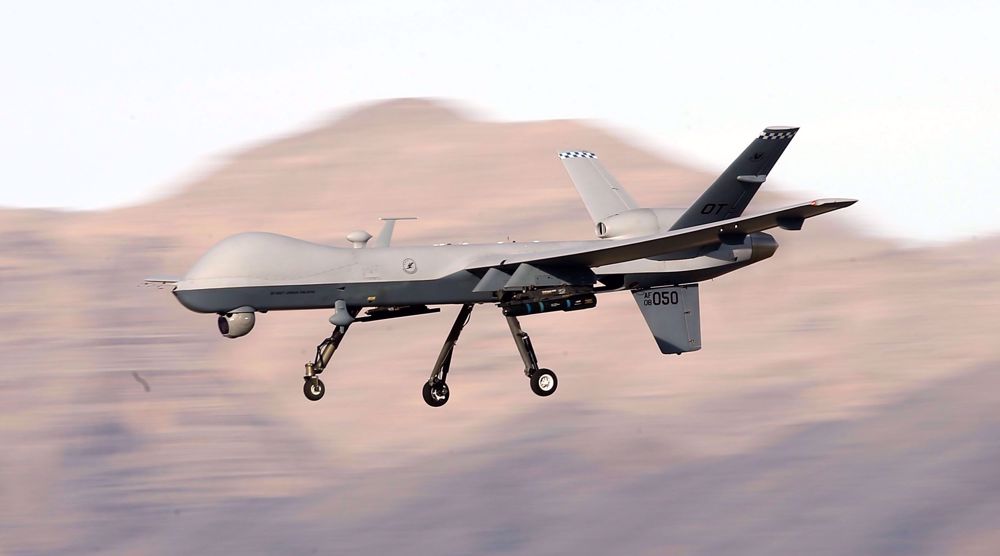
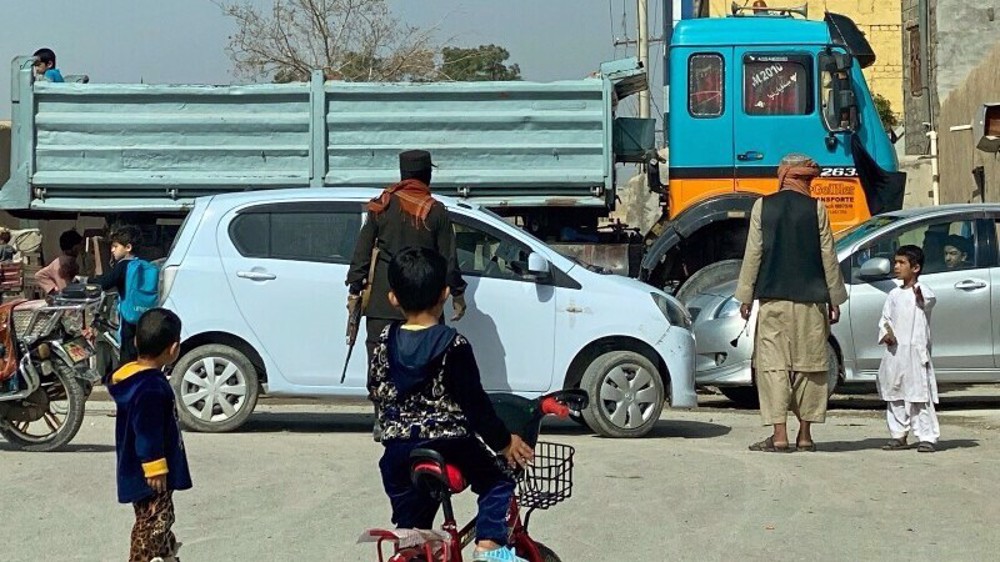



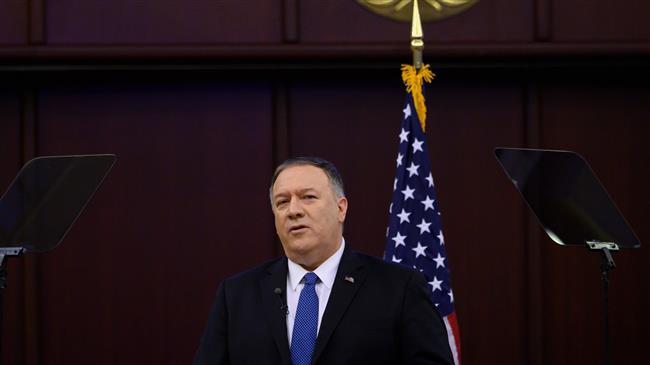

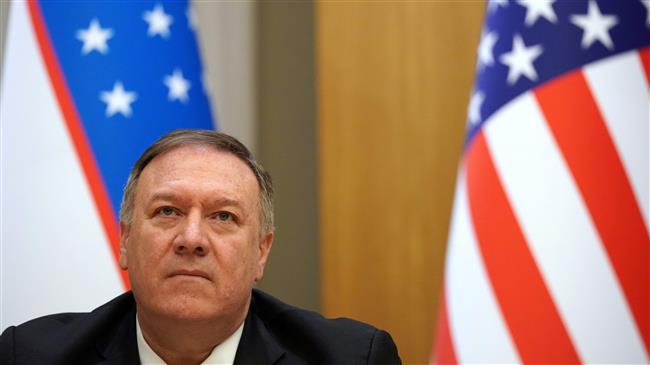
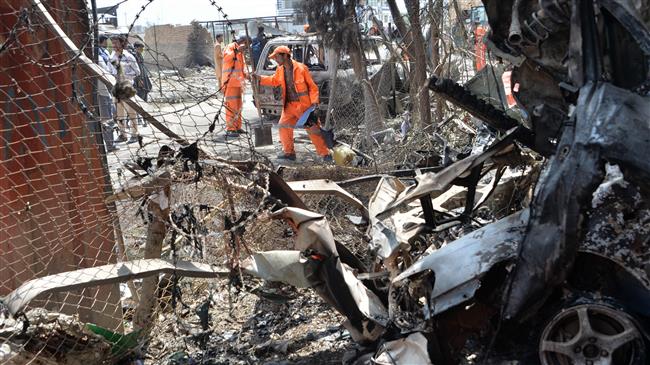

 This makes it easy to access the Press TV website
This makes it easy to access the Press TV website